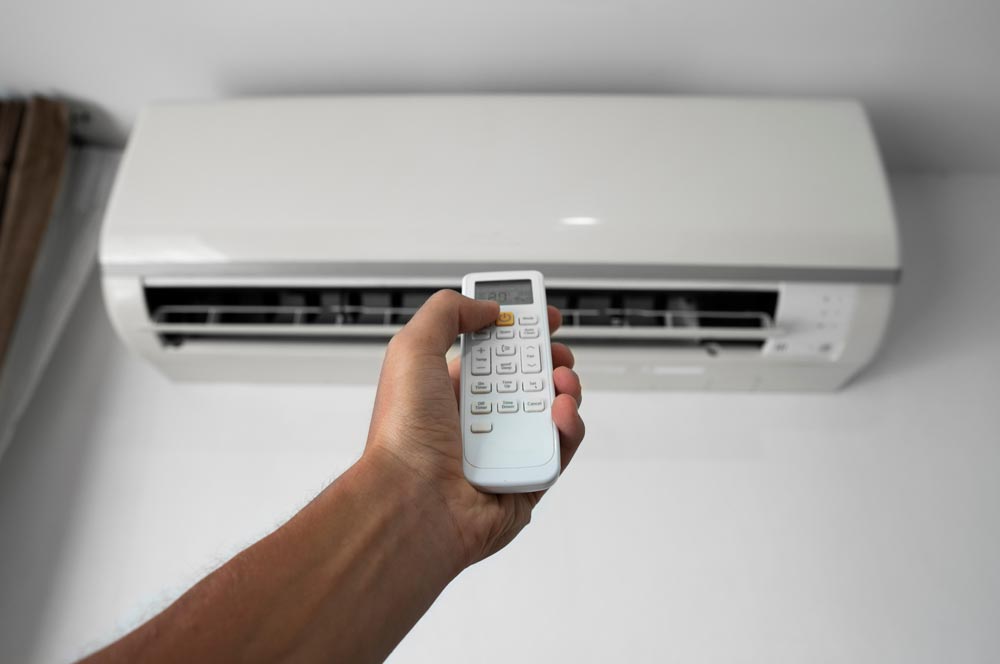
How to Measure Pollutant Level at Home
Nowadays, indoor air quality is a major concern, particularly for people with allergies and asthma. Allergies and asthma attacks can be caused by pollutants like dust, pollen, mold, and pet dander. These pollutants can lead to discomfort and health problems.
Thankfully, with the right knowledge and the right tools, you are able to measure your pollutant level at home and take steps to improve the quality of air at your home. Additionally mini split maintenance systems known for their excellent filtration capabilities can significantly contribute to a healthier indoor environment.
What indoor air quality really means
Indoor air quality mainly refers to the cleanliness and purity of the air within the buildings, including your homes. Poor air quality can lead to various health issues especially for those who suffer with respiratory issues like allergies and asthma.
Common indoor pollutants consists of:
- Dust and dust mites: Dust can accumulate quickly and contains a mix of particles like skin flakes, pet dander and pollen. Dust mites thrive in warm, humid temperatures and can exacerbate allergies.
- Pollen of plants: Pollens from the outdoor plants can enter homes through open windows and the open doors and this will lead to the increase in uncleanliness and even increasing allergies of an individual.
- Mold: Mold is usually made in the dark areas like bathrooms, kitchen and storerooms. Direct exposure to mold can worsen your asthma symptoms and can make your respiratory system get worse.
- Pet dander: Pets like dogs or cats that we are usually close with sheds their dander, tiny flecks of skin, which can easily linger in the air and on surfaces that lead to allergic reactions in some people.
How to measure pollutant levels:
To effectively manage indoor air quality, it’s essential to measure the levels of pollutants of your indoor air regularly. Several methods can help you assess your indoor air quality at home:
- Indoor air quality monitors: Invest in an indoor air quality monitor that measures pollutants such as particular method (PM2.5), volatile organic compounds also popularly known as VOCs, carbon dioxide (CO2), and humidity levels.
These devices also provide data and alerts, this features will help you where home pollutants levels are elevated.
- Allergen test kits: These kits are available for specific type of allergies like dust mites, mold, and also pet dander. These types of kits usually includes swabs or collection straps that you use to sample areas of your home. The results that are drawn from these can help you target the allergen sources and take the appropriate actions.
- HVAC system inspection: Regular inspection and maintenance of your heating, ventilation and air conditioning (HVAC) system are important if you want to maintain your indoor air quality. Clean or replace the filters regularly, inspect for mold growth or leaks in ductwork and this will lead to proper ventilation throughout your home.
Mini split systems: A solution to maintain your indoor air quality
Mini splits systems, also known as ductless heat pumps, are an excellent option for maintaining clean indoor air. These systems include an outdoor compressor unit connected to one or more indoor air handling units. Unlike the traditional HVAC system, a mini split system does not require ductwork that reduces the risk of dust and allergen buildup.
If you live in Toronto, Canada and want to enhance your indoor air quality, consider installing an Ductless Air Conditioning system. Tempasure is the perfect partner for this job, offering ductless work and expert installation services. Leave everything to the professionals at Tempasure, from the initial setup to the ongoing performance of your system.

